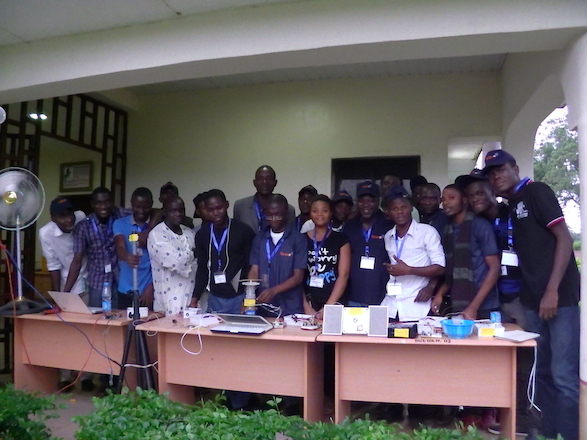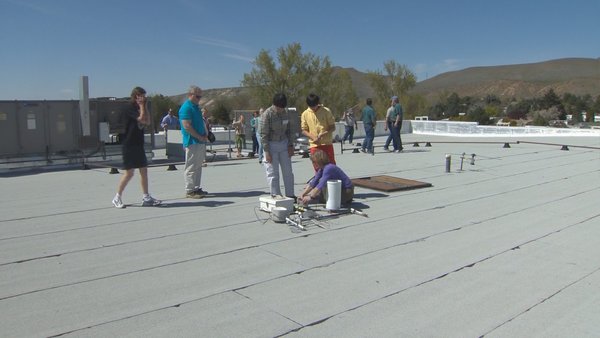 TAHMO has received funding for a two-year project to set up a water and weather monitoring system in Ghana’s cocoa region. The Netherlands Organisation for Scientific Research (NWO) awarded a TAHMO consortium of three partners a grant under its Food & Business Applied Research Fund. The consortium consists of Farmerline, Kwame Nkrumah University of Science and Technology (Kumasi, Ghana), and Delft University of Technology (Delft, Netherlands).
TAHMO has received funding for a two-year project to set up a water and weather monitoring system in Ghana’s cocoa region. The Netherlands Organisation for Scientific Research (NWO) awarded a TAHMO consortium of three partners a grant under its Food & Business Applied Research Fund. The consortium consists of Farmerline, Kwame Nkrumah University of Science and Technology (Kumasi, Ghana), and Delft University of Technology (Delft, Netherlands).
Farmerline, a private company based in Ghana, provides improved information access and better communication channels for small-scale farmers through a mobile messaging platform. Together with the two academic consortium partners, they will develop both a dense network of TAHMO weather stations and the technical infrastructure to enable farmers’ access to the TAHMO weather data via mobile phones.
Weather-related information is the single most valuable type of information that farmers do not have ready access to. This project aims to leverage TAHMO’s self-supporting climate observation system, based on low-cost, high-precision weather sensors, sending information to a web-based data server using cellphone technology. These innovative weather stations will measure meteorological and water resource variables, which will subsequently be communicated to farmers via Farmerline’s mobile information services.
The consortium plans to develop a business model to rapidly make the project self-sustainable, transforming the initiative into a means to reduce poverty in sub-Saharan Africa. The belief that agriculture offers Ghana the best opportunity to turn a vicious cycle of poverty into a virtuous cycle of development will be the basis for this project and future collaborations.





